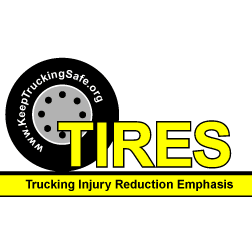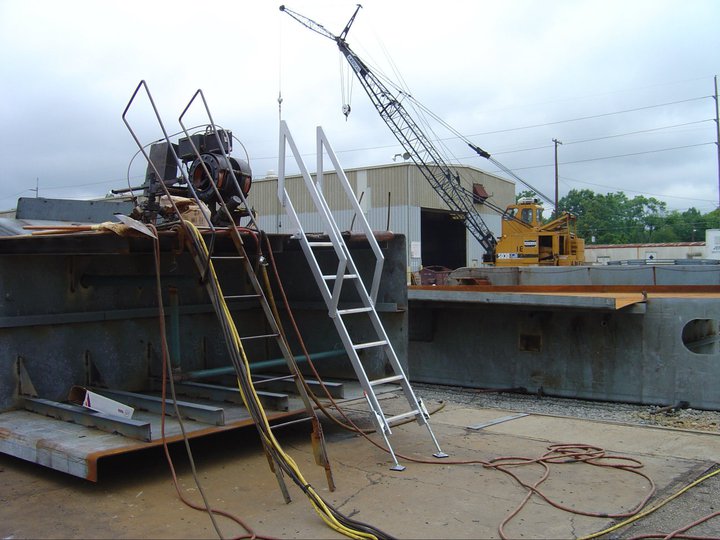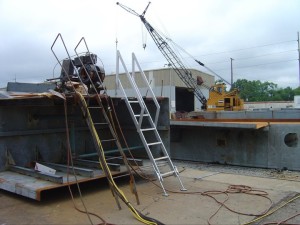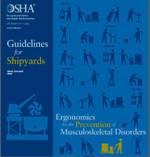Identifying Workplace Hazards is an integral component of an effective work safety program. As a required element of OSHA VPP Program participation, following an organized hazard assessment process can be the backbone of a company’s safety policy. Identifying hazards provides the ability to mitigate risk and evaluate safety effectiveness.
The work hazard assessment process consists of five main components:
- Identify Hazardous Condition
Hazards that can lead to injury or illness range from physical injury risk to chemicals, temperature, radiation, noise, and electrical. Employees need to be involved in hazard analysis from the beginning to assist with acceptance and recognition of benefit. - Determine Root Cause
Potential root causes can include lack of knowledge, lack of physical ability, improper training, or unidentified hazards. Managers should reassess hazards when new equipment is installed or new work processes developed. - Eliminate Hazards
Mitigate risks via controls based on level of injury risk, frequency of exposure, and potential harm. Evaluate the level of overall risk to prioritize controls and implement. Identify PPE (Personal Protective Equipment) such as gloves, safety glasses, etc. - Control Measures
Risk management efforts can include engineering controls to manage exposure, layout, and access; administrative controls to to manage employees, tasks, and training; and work practices for safety, hygiene, and work area cleanliness. - Evaluation of Effectiveness
Hazard assessment programs should be evealuated on injury prevention effectiveness. Evaluation tactics include routine inspections; documentation for injury reports and near misses; requesting, researching and responding to employee feedback.
Source: Marine Corp Community Services
Initiating a Work Hazard Analysis
When commencing hazard assessment, plan to document responsible team members, tasks, and step sequence for processes with injury risk. A Hazard Assessment checklist similar to this sample provided by the California Department of Industrial Relations may be helpful. Next, determine and document preventative measures, equipment, and Personal Protective Equipment, and train employees accordingly. Finally, consider residual risk – any risk that remains after controls have been implemented – for future evaluation and improvement.
![Making the Case for Work Injury Prevention [INFOGRAPHIC]](http://snblog.preview.yellowberri.com/wp-content/uploads/2013/07/Work-Injury-Analysis-SQUARE_July2013.png)



